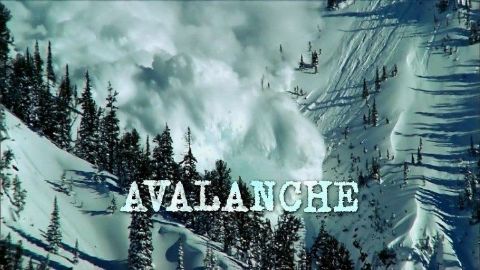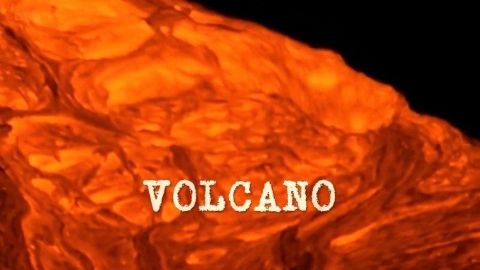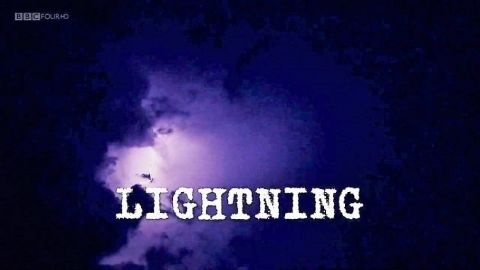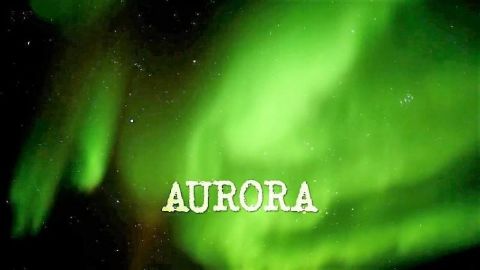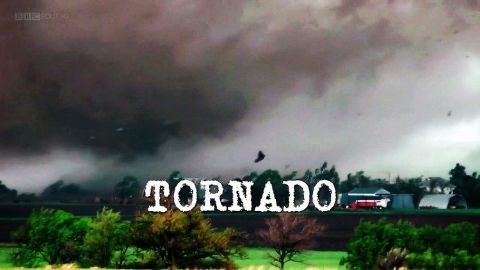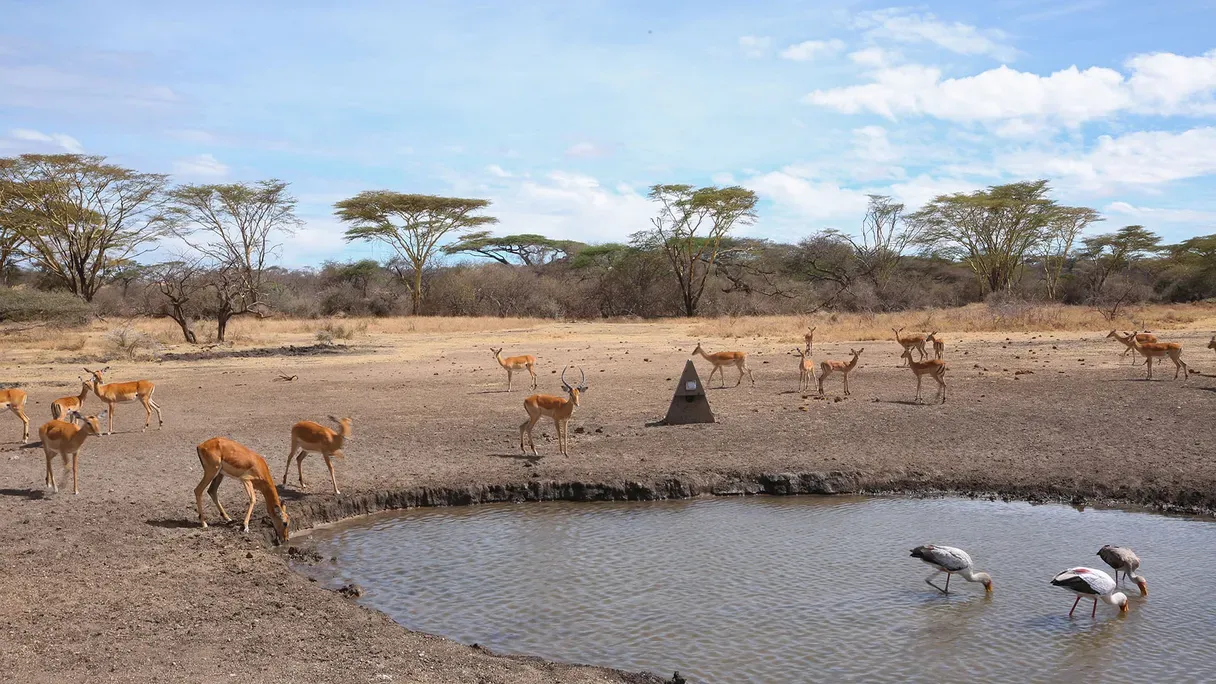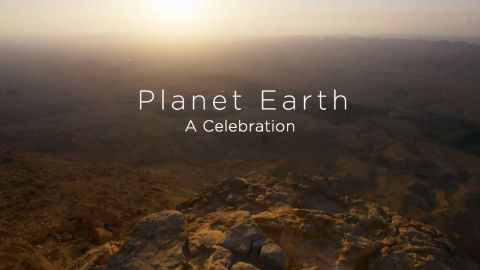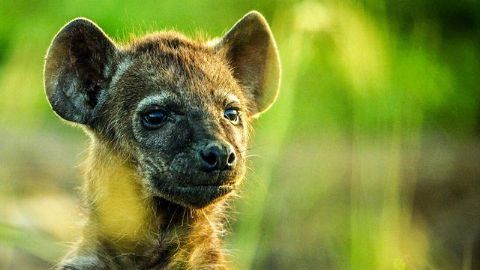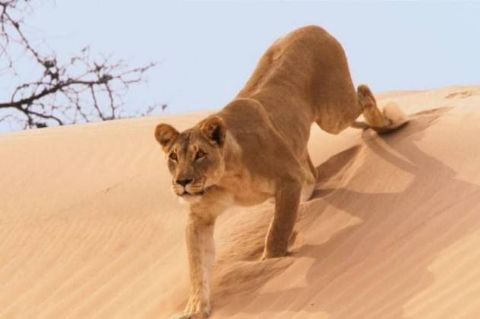Tornado • 2016 • episode "Part 5" • Dangerous Earth
Dr Helen Czerski peers into the heart of the storm to find out how advances in technology are giving new insight into tornadoes - the fastest winds on the planet. From the breathtaking footage that capture the extreme weather events that produce them, to the latest experiments investigating their incredible destructive power, Helen discovers how understanding the subtle changes deep within the storm are improving predictions of when and where these devastating beasts will strike.
Make a donation
Buy a brother a hot coffee? Or a cold beer?
Hope you're finding these documentaries fascinating and eye-opening. It's just me, working hard behind the scenes to bring you this enriching content.
Running and maintaining a website like this takes time and resources. That's why I'm reaching out to you. If you appreciate what I do and would like to support my efforts, would you consider "buying me a coffee"?
Donation addresses
BTC: bc1q8ldskxh4x9qnddhcrgcun8rtvddeldm2a07r2v
ETH: 0x5CCAAA1afc5c5D814129d99277dDb5A979672116
With your donation through , you can show your appreciation and help me keep this project going. Every contribution, no matter how small, makes a significant impact. It goes directly towards covering server costs.
